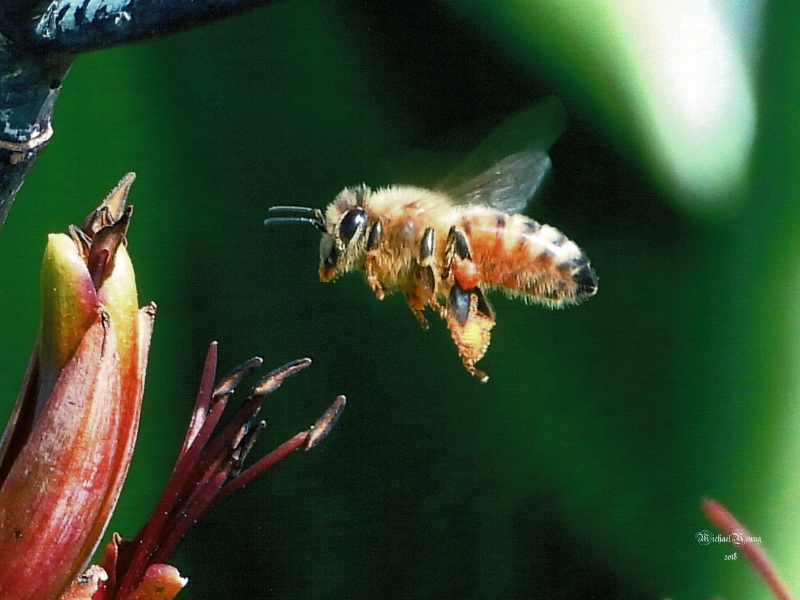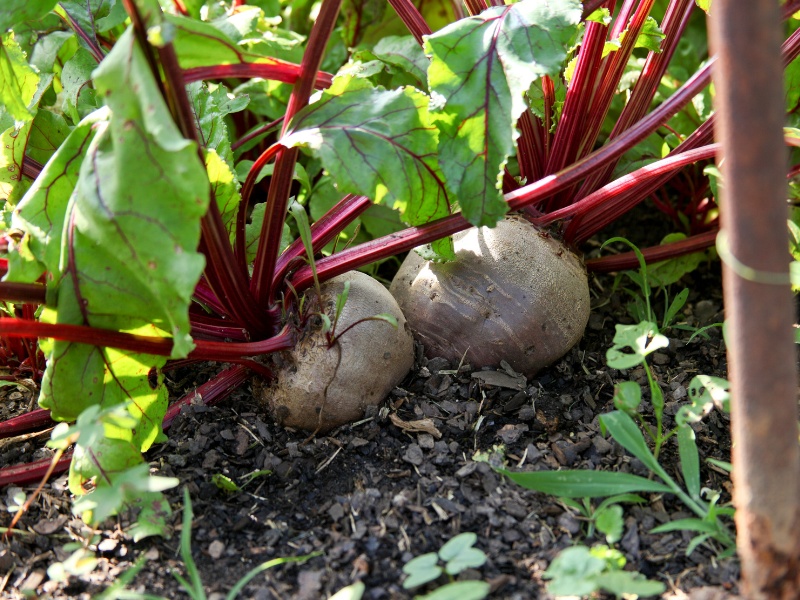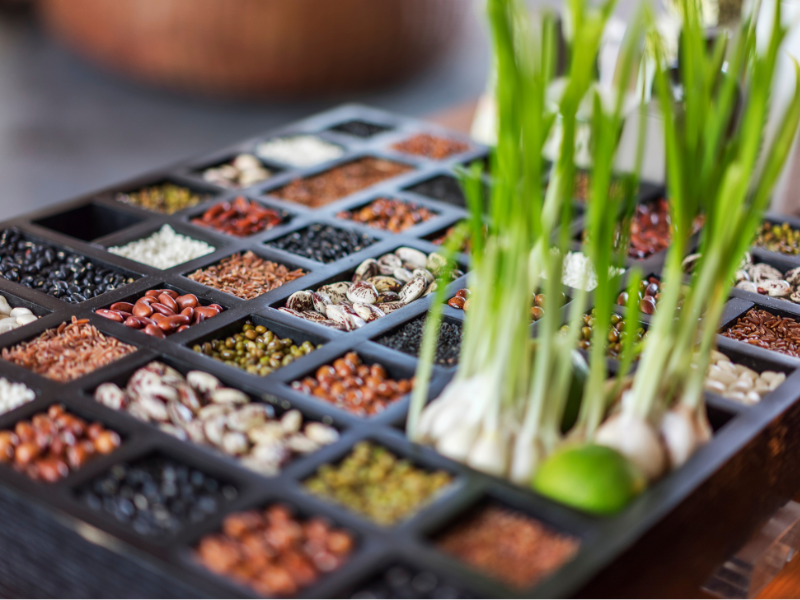Learn how to save seeds effectively to preserve plant varieties and support the ecosystem.
The Importance of Seed Saving
Seeds are a cornerstone of our ecosystem. Saving seeds from the plants we grow helps sustain biodiversity and ensures the continuation of valuable plant species. While it’s becoming a rare skill, anyone can master seed saving by understanding the basics of growing and harvesting seeds.
Understanding Plant Pollination
Pollination determines how plants reproduce and influences the quality of seeds harvested. There are two main types of pollination:
- Self-Pollinated Plants: These plants contain both male and female reproductive parts, allowing them to pollinate themselves. Seeds from self-pollinated plants tend to be consistent with the parent plant, producing 'pure' strains. Isolation isn't necessary, making seed saving straightforward.

- Cross-Pollinated Plants: These plants rely on external factors like wind or pollinators (e.g., bees) to transfer pollen. Careful isolation is required to maintain a pure seed strain. You can also hand-pollinate to ensure quality.
Plant Life Cycles and Seed Timing
Understanding plant life cycles helps you determine when seeds are ready to harvest. Here’s how different plants behave:
- Annual Plants: These complete their life cycle in one year, flowering, fruiting, and seeding before dying. Examples include lettuce and tomatoes.
- Perennial Plants: These live for multiple years, producing seeds annually after flowering. Edible examples include asparagus and chives.
- Biennial Plants: Biennials require two years to seed, producing fruit in the first year and seeds in the second. Examples include carrots and beets. In colder climates, these may need overwintering indoors.

How to Harvest Seeds
To harvest seeds, wait until they reach peak ripeness. Then:
- Remove seeds from the plant and spread them out on a clean surface like wax paper or screens.
- Dry the seeds in a well-lit area or under the sun, ensuring they are rotated for even drying.
- Larger seeds may take several days to dry completely.
Storing Seeds for Longevity
Proper seed storage extends their viability:
- Use airtight containers for most seeds to keep out moisture and bacteria.
- Store seeds requiring airflow, like beans and peas, in burlap bags or ventilated containers.
- Freeze seeds for long-term storage, ensuring they are thoroughly dried beforehand.

Start Your Seed-Saving Journey
Seed saving is a rewarding way to preserve plant varieties and become more self-sufficient in your gardening. With a little knowledge and practice, you can master this invaluable skill. Explore this comprehensive seed harvesting guide for more information. Looking for seeds to start with? Visit our seed collection to find your perfect match!













